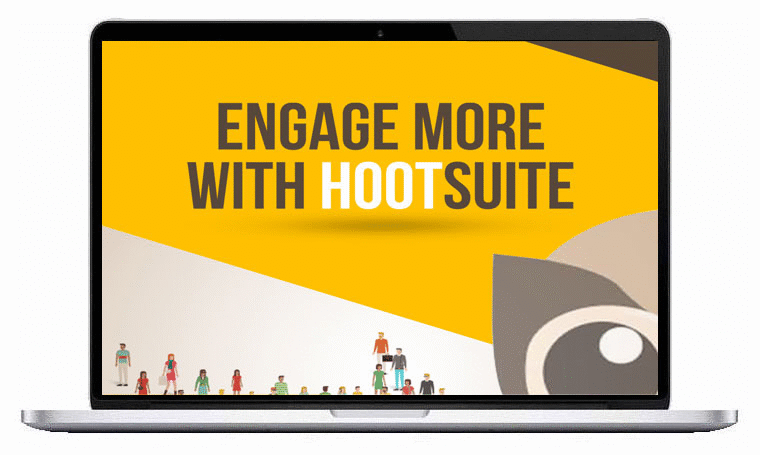Digital marketing has been part of companies for quite some time and over the years it has been incorporating new tools or trends according to the needs and market updates. Also known as attraction marketing the Inbound marketing has come to modify a bit the way this dynamics are done, seeking to bring value and affection to the user.
The main goal is to make the user find the service-product, instead of searching for it.
It can be conceptualized as a philosophy, a methodology and a tool. Philosophy because the customer buys over time, but his behavior will change radically. Methodology because the processes must be defined in a concrete and specific way. And, as a tool because there are a variety of processes to achieve this, such as SEO, Social Media, content, PR, Social Ads, etc.
Inbound marketing is based on creating content that is disseminated through channels seeking to get users at a low cost, however the user gets content with a clear and special value. Thus, a relationship – interaction is achieved without the pressure of buying the product or service.
Steps to create an inbound marketing strategy
Benefits of Inbound Marketing
Tools for inbound marketing campaigns
The best tools are:

Hubspot: In the same software you can create campaigns, concrete sales, create attention and CMS. With this, the campaigns will respond to the needs of the buyers.

Lander: This tool will help you create attractive, functional, friendly and clear landing page designs. It has templates that facilitate the work and can be customized according to each taste.

Google Keyword Planner: The right keyword makes it easier to reach your audience. This tool helps to display ads and blog content at the right time.

Hootsuite: It allows you to manage content on social networks and follow up on it. You can incorporate creative designers, community managers and
coordinators so that each one can perform their functions from the same application.
Inbound marketing allows marketers to build better relationships with their prospects. Useful information is provided without self-promoting. Visitors are more willing to trust you and engage with your company by following you.
It earns the attention of customers, makes your company easy to be found, and draws customers into your overall message and business practices. Modern, up to date, effective marketers make their way into the hearts and minds of their customers. Creating a more personal experience in your website can build a more compromised community around it.